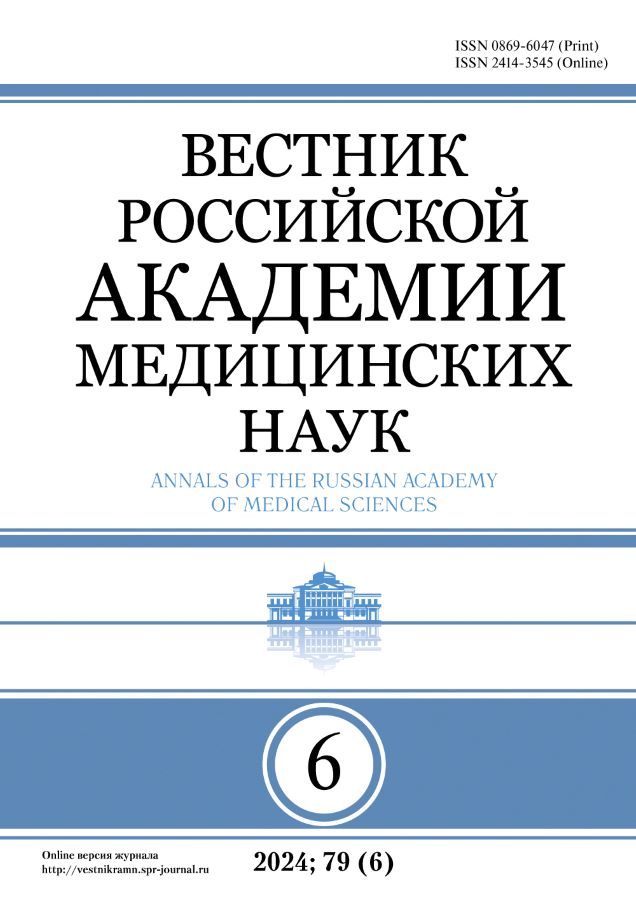Об авторах
Красноярский государственный медицинский университет им. проф. В.Ф. Войно-Ясенецкого, Российская Федерация
Автор, ответственный за переписку.
Email: bacinf@mail.ru
доктор медицинских наук, доцент кафедры инфекционных болезней и эпидемио-
логии с курсом последипломного образования КрасГМУ им. проф. В.Ф. Войно-Ясенецкого
Адрес: 660022, Красноярск, ул. Партизана Железняка, д. 1, тел.: +7 (391) 246-93-75
Россия
Красноярская межрайонная клиническая больница скорой медицинской помощи им. Н.С. Карповича, Российская Федерация
Email: mssgbox@mail.ru
доктор медицинских наук, врач-иммунолог, заведующий отделением переливания
крови Красноярской межрайонной клинической больницы скорой медицинской помощи им. Н.С. Карповича
Адрес: 660062, Красноярск, ул. Курчатова, д. 17, тел.: +7 (391) 246-94-22
Россия
Красноярский государственный медицинский университет им. проф. В.Ф. Войно-Ясенецкого, Российская Федерация
Email: andronat@mail.ru
кандидат медицинских наук, ассистент кафедры инфекционных болезней и эпи-
демиологии с курсом последипломного образования КрасГМУ им. проф. В.Ф. Войно-Ясенецкого
Адрес: 660022, Красноярск, ул. Партизана Железняка, д. 1, тел.: +7 (391) 246-93-75
Россия
Красноярский государственный медицинский университет им. проф. В.Ф. Войно-Ясенецкого, Российская Федерация
Email: elen_minor@mail.ru
кандидат медицинских наук, доцент кафедры инфекционных болезней и эпидемио-
логии с курсом последипломного образования КрасГМУ им. проф. В.Ф. Войно-Ясенецкого
Адрес: 660022, Красноярск, ул. Партизана Железняка, д. 1, тел.: +7 (391) 246-93-75
Россия








